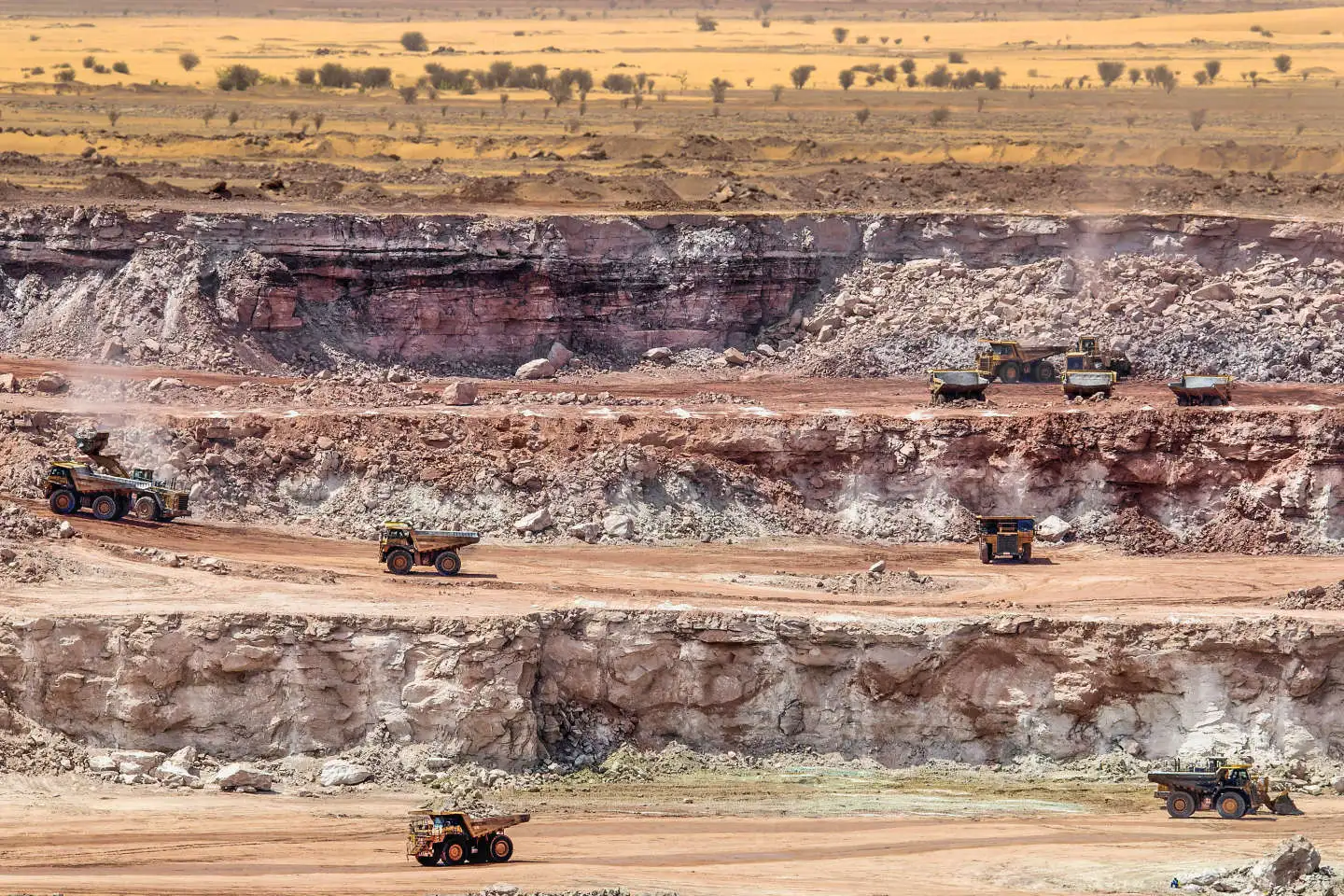How dependent is France on Niger's uranium?
How dependent is France on Niger's uranium?

The military coup in Niger has raised concerns about uranium mining in the country by the French group Orano, and the consequences for France's energy independence.
